Chart patterns and Forex trading are two of the most important tools in any trader's arsenal. Chart patterns are a set of patterns that form on a chart, while Forex trading is a form of currency trading that takes place in the foreign exchange market. Together, these two tools can give traders an edge in the markets and help them make better-informed decisions. This comprehensive overview will provide a better understanding of how chart patterns and Forex trading are related and how they can be used to help traders succeed. We'll explore the various chart pattern types and how they can be used to identify potential trading opportunities.
We'll also look at the different types of Forex trading and how they can be used to make profitable trades. Finally, we'll discuss the risks associated with Forex trading and how to minimize them. By the end of this article, readers should have a clear understanding of both chart patterns and Forex trading.
Chart patterns
are a fundamental part of technical analysis in the Forex market. They can be used to predict price movements, identify trends, and help traders make informed trading decisions.Chart patterns are formed by combining different types of graphical elements such as trend lines, support and resistance lines, and candlesticks. By studying these patterns, traders can gain insights into price movements and use this information to develop trading strategies. There are many different types of chart patterns used in Forex trading. The most common are head and shoulders patterns, double tops and bottoms, wedges, pennants, triangles, and channels.
Each pattern has its own characteristics and can be used to identify different types of price movements.
Head and shoulders patterns
are one of the most popular chart patterns used by traders. This pattern is formed when a stock or currency pair makes three successive peaks, with the middle peak being the highest. This pattern is used to indicate a potential trend reversal or a temporary pause in the current trend.Double tops and bottoms are another popular chart pattern used by traders. This pattern is formed when a stock or currency pair reaches two successive highs or lows. This pattern is typically seen as a sign of a potential reversal in the current trend.
Wedges
are another type of chart pattern that can be used to identify potential trend reversals.This pattern is formed when two trend lines converge at the same point. Wedges can be either rising or falling depending on the direction of the trend lines. Rising wedges indicate a potential uptrend while falling wedges indicate a potential downtrend.
Pennants
are similar to wedges in that they are formed when two trend lines converge.However, pennants typically form in a triangular shape rather than converging at the same point like wedges do. Pennants can also indicate potential trend reversals depending on their direction.
Triangles
are another type of chart pattern used by traders. This pattern is formed when the price of a stock or currency pair moves within a well-defined range and gradually converges towards a single point.Triangles can indicate both uptrends and downtrends depending on the direction of the convergence.
Channels
are similar to triangles in that they involve two trend lines converging towards each other. However, channels usually form in a horizontal or diagonal line rather than converging towards a single point like triangles do. Channels can indicate both uptrends and downtrends depending on the direction of the convergence. By studying these different chart patterns, traders can gain insights into potential price movements and use this information to develop trading strategies. For example, traders can use head and shoulders patterns to identify potential trend reversals while double tops and bottoms can be used to identify possible support and resistance levels.Similarly, wedges, pennants, triangles, and channels can all be used to identify potential trends and generate trading signals. In addition to identifying trends, chart patterns can also be used to help traders determine entry and exit points for trades. For example, traders may enter a trade when a double top or bottom pattern forms or exit a trade when a wedge or triangle pattern appears. Traders may also use chart patterns to set stop losses or take profit levels. Overall, chart patterns play an important role in Forex trading. They can provide insight into potential price movements and help traders make better decisions about when to enter and exit trades.
By understanding different types of chart patterns, traders can gain valuable insights into the market and use this information to develop effective trading strategies.
Types of Chart Patterns
Chart patterns are an essential part of technical analysis in the Forex market. They can be used to predict price movements, identify trends, and help you make better trading decisions. There are several different types of chart patterns, including reversal patterns, continuation patterns, and triangle patterns. Reversal patterns are characterized by a change in the direction of a price trend. They typically indicate that the current trend is ending and a new trend is beginning.Examples of reversal patterns include the Head and Shoulders pattern, Double Tops and Bottoms, and Wedges. Continuation patterns indicate that the current trend is likely to continue. These patterns usually indicate a period of consolidation before the trend resumes. Examples of continuation patterns include Flags, Pennants, and Rectangles. Triangle patterns indicate that the price is converging towards a point. These patterns can be either continuation or reversal patterns depending on the direction of the breakout.
Examples of triangle patterns include Ascending Triangles, Descending Triangles, and Symmetrical Triangles. Each type of chart pattern can be used to make trading decisions. Reversal patterns can be used to identify potential entry and exit points for trades. Continuation patterns can be used to identify when a trend is likely to resume after a period of consolidation. Triangle patterns can be used to identify potential breakouts and trade set-ups.
Identifying Chart Patterns
Chart patterns are an important part of technical analysis in the Forex market.To use chart patterns to your advantage, you need to know how to identify them. The first step in identifying chart patterns is to look for certain shapes or patterns in the price action. Common patterns include triangles, head and shoulders, double tops and bottoms, wedges, and flags. Each of these patterns has its own distinctive shape that can be used to identify it. You should also use indicators such as moving averages or oscillators to confirm a pattern before making a trade.
Indicators can help you determine if a pattern is genuine or if it is just a temporary fluctuation. This is especially important when trading on the Forex market since prices can move rapidly and unpredictably. It is also important to keep in mind that chart patterns are not always reliable. They can be affected by market conditions, news events, and other factors that can make them less reliable. Therefore, it is always important to confirm a pattern before making a trade. In conclusion, chart patterns are an important tool for Forex trading.
They can help you identify trends and predict price movements. However, it is important to use them properly by looking for specific shapes and using indicators to confirm a pattern before making a trade.
Using Chart Patterns in Forex Trading
Chart patterns are a powerful tool for traders to use in the Forex market. They can be used to identify potential entry and exit points, predict price movements, and help you make better trading decisions. In this article, we'll discuss how chart patterns can be used to your advantage in Forex trading.Trend Trading:
Traders use chart patterns to identify possible trends in the market.By using chart patterns, you can spot potential buying and selling opportunities before they occur. For example, if you notice a channel pattern developing, you may want to consider entering a trade in the direction of the trend.
Breakout Trading:
Breakout trading is another strategy that relies on chart patterns. This strategy involves trading when price breaks out of a pre-defined area on the chart. Chart patterns such as triangles and wedges can be used to identify when a breakout may occur.By watching for these patterns, traders can capitalize on price movements when they happen.
Identifying Entry and Exit Points:
Chart patterns can also be used to identify potential entry and exit points in a trade. Once a chart pattern is identified, traders can use it to set their target prices. This way, they know when to enter and exit a trade for maximum profit.Conclusion:
Chart patterns are an important tool for traders in the Forex market. By understanding how to use chart patterns in Forex trading, traders can increase their chances of success. Chart patterns are an important tool for Forex traders to identify trends, predict price movements, and make better trading decisions.There are different types of chart patterns which can be identified and used in Forex trading, such as head and shoulders, double and triple tops/bottoms, flags and pennants, wedges, and triangles. By understanding the different chart patterns and developing a strategy for using them, traders can gain an edge in their trading. To maximize the potential of chart patterns, traders should continue to practice and refine their strategies to ensure they are making the best trading decisions.
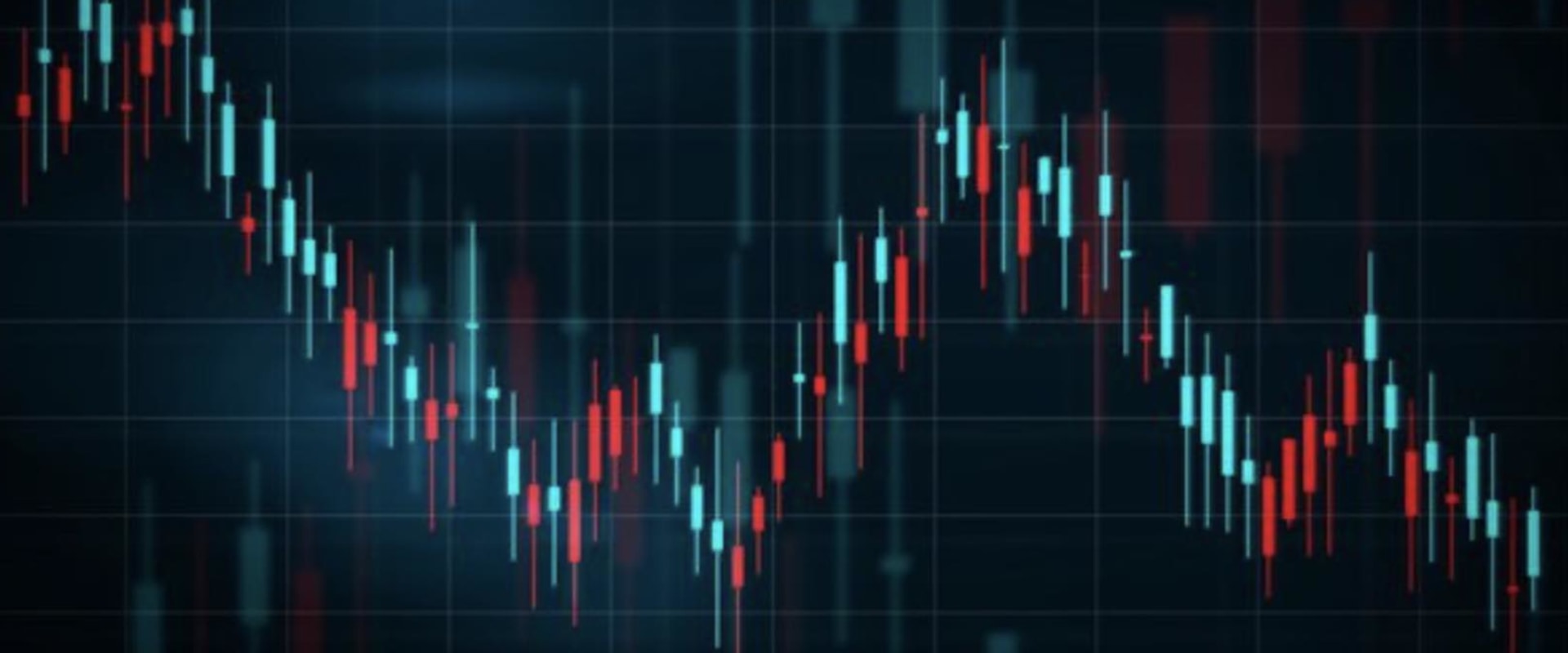

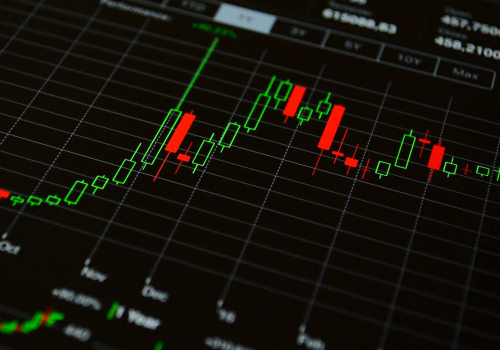


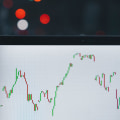
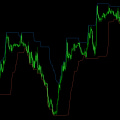




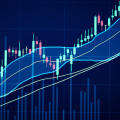
Leave Reply